By Christopher Miskimon
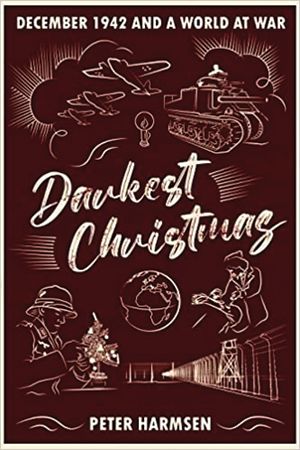 The darkest, deadliest Christmas in human history occurred in December 1942. Around the globe, as Christians celebrated their holiday of peace and goodwill, peoples of many different faiths and beliefs continued to slaughter one another. The war’s outcome was still much in doubt; millions of soldiers were locked in combat across the Eastern Front, in the skies over Europe and over the vast spans of the Pacific Ocean. The holocaust continued as soldiers fought in North Africa and sailors did the same in the frigid waters of the North Atlantic. During 1942 the Allies had major successes, but victory was still a distant hope. Still, in a few places, people carried out acts of kindness and mercy toward one another, in some cases even those who did not follow the Christian faith. American soldiers stationed in India put on a celebration for Polish refugee children, while in the prison camp at Cabanatuan in the Philippines, Japanese guards allowed the prisoners to receive Red Cross food packages.
The darkest, deadliest Christmas in human history occurred in December 1942. Around the globe, as Christians celebrated their holiday of peace and goodwill, peoples of many different faiths and beliefs continued to slaughter one another. The war’s outcome was still much in doubt; millions of soldiers were locked in combat across the Eastern Front, in the skies over Europe and over the vast spans of the Pacific Ocean. The holocaust continued as soldiers fought in North Africa and sailors did the same in the frigid waters of the North Atlantic. During 1942 the Allies had major successes, but victory was still a distant hope. Still, in a few places, people carried out acts of kindness and mercy toward one another, in some cases even those who did not follow the Christian faith. American soldiers stationed in India put on a celebration for Polish refugee children, while in the prison camp at Cabanatuan in the Philippines, Japanese guards allowed the prisoners to receive Red Cross food packages.
This new book focuses on how people around the world passed the most important holiday in the Christian world during one of humanity’s most difficult years. It provides an interesting look at one of the war’s lesser-known facets. It is well researched and organized, with a good selection of photographs highlighting the author’s narrative.
Darkest Christmas: December 1942 and a World at War (Peter Harmsen, Casemate Books, Havertown, PA, 2023, 230 pp., maps, photographs, appendix, notes, bibliography, index, $32.95, hardcover)
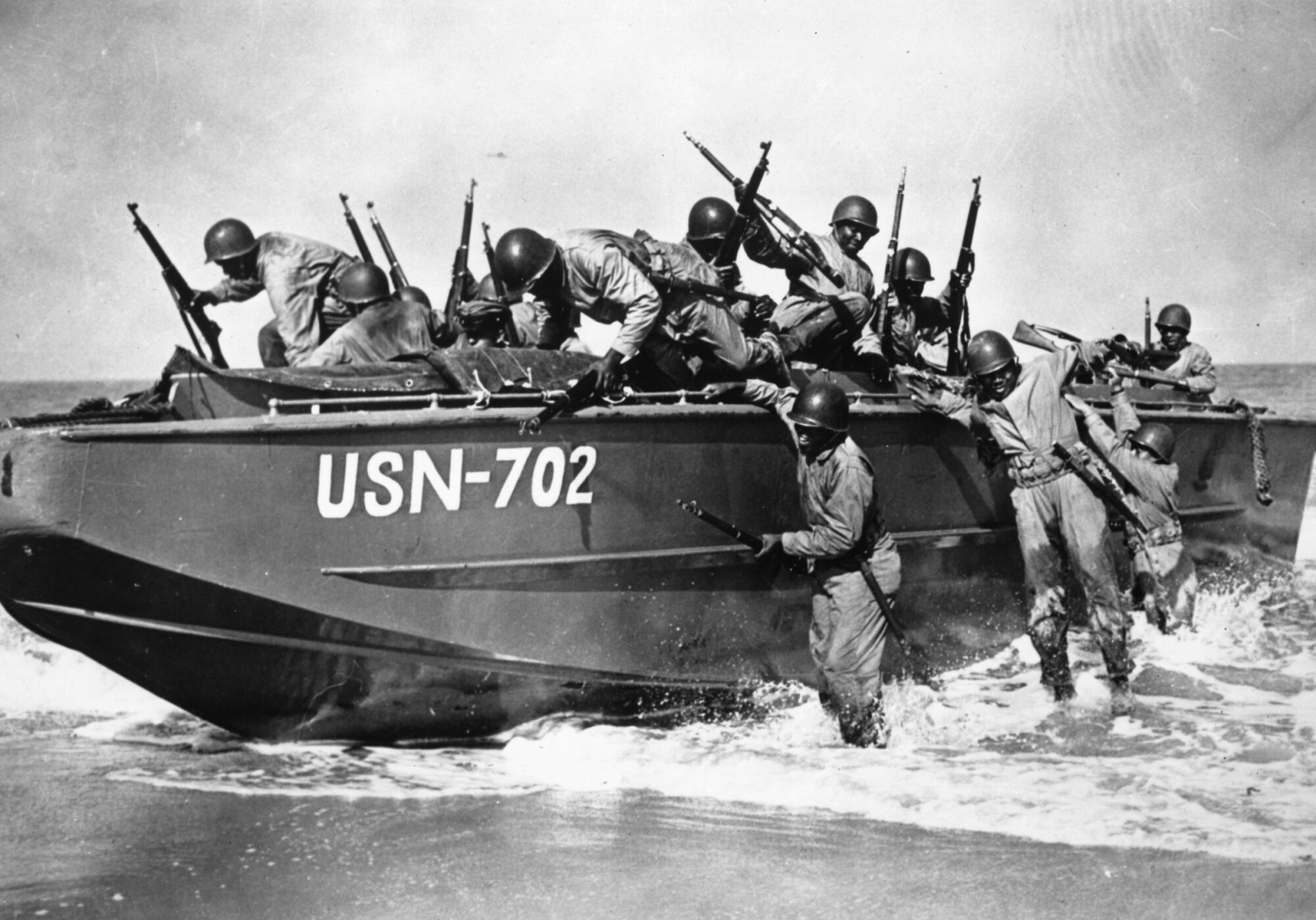

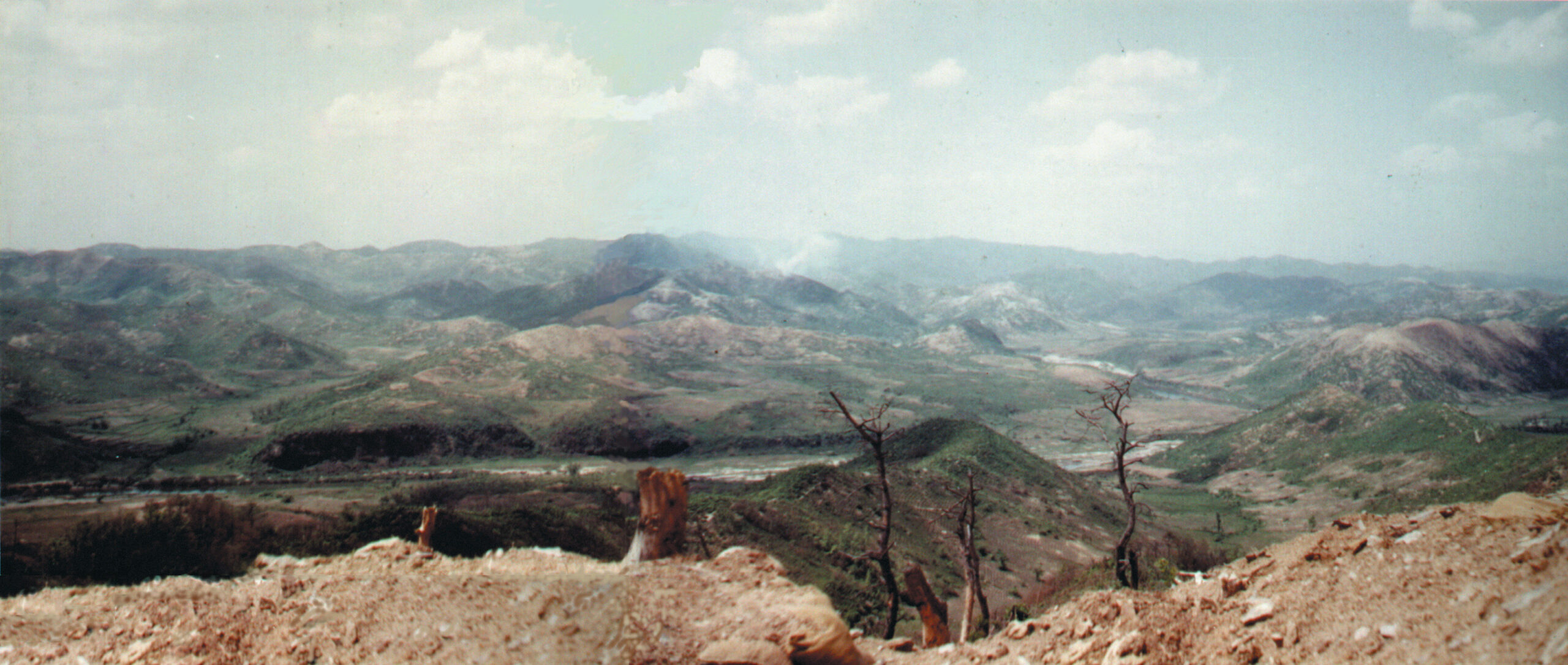
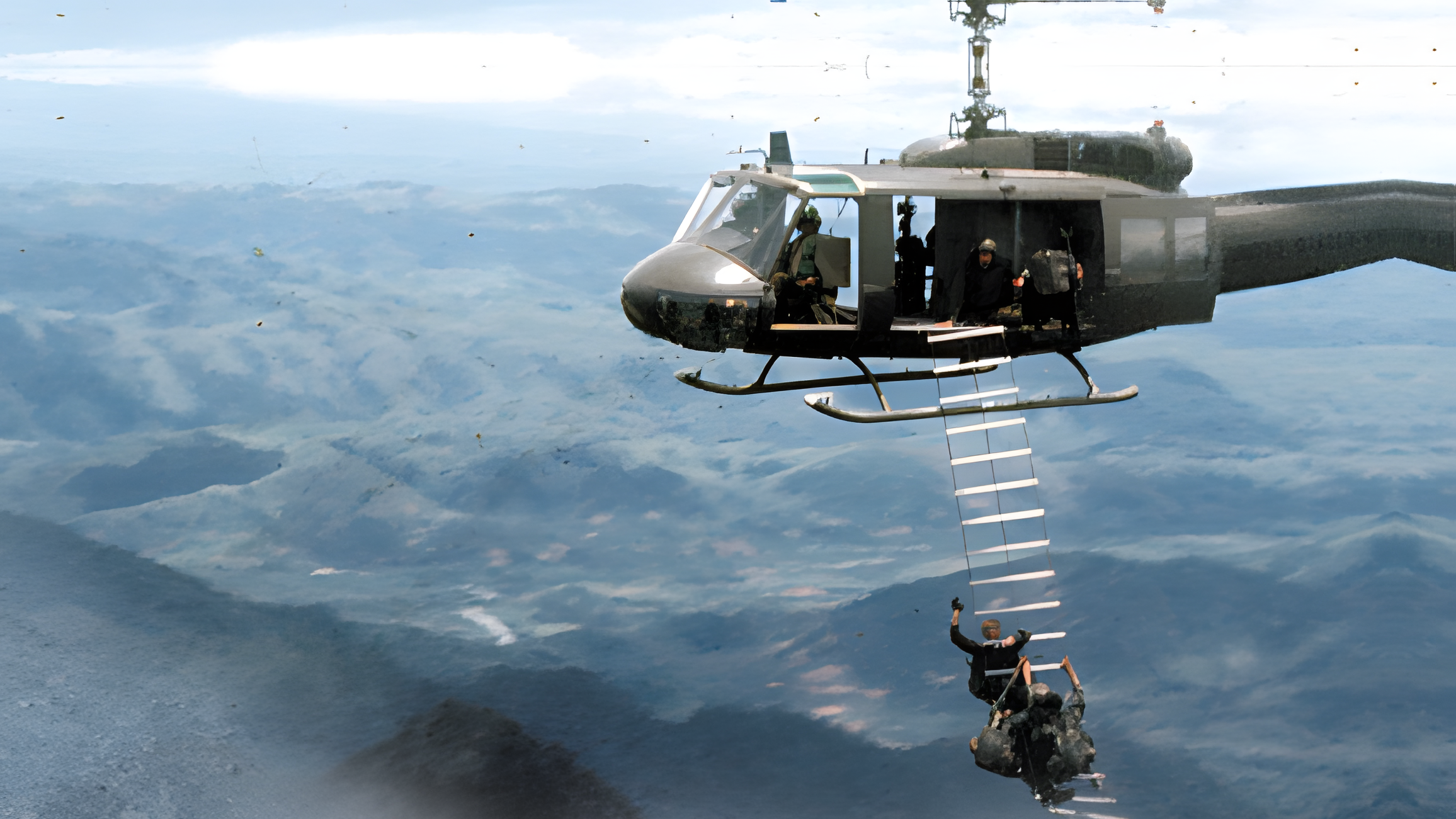
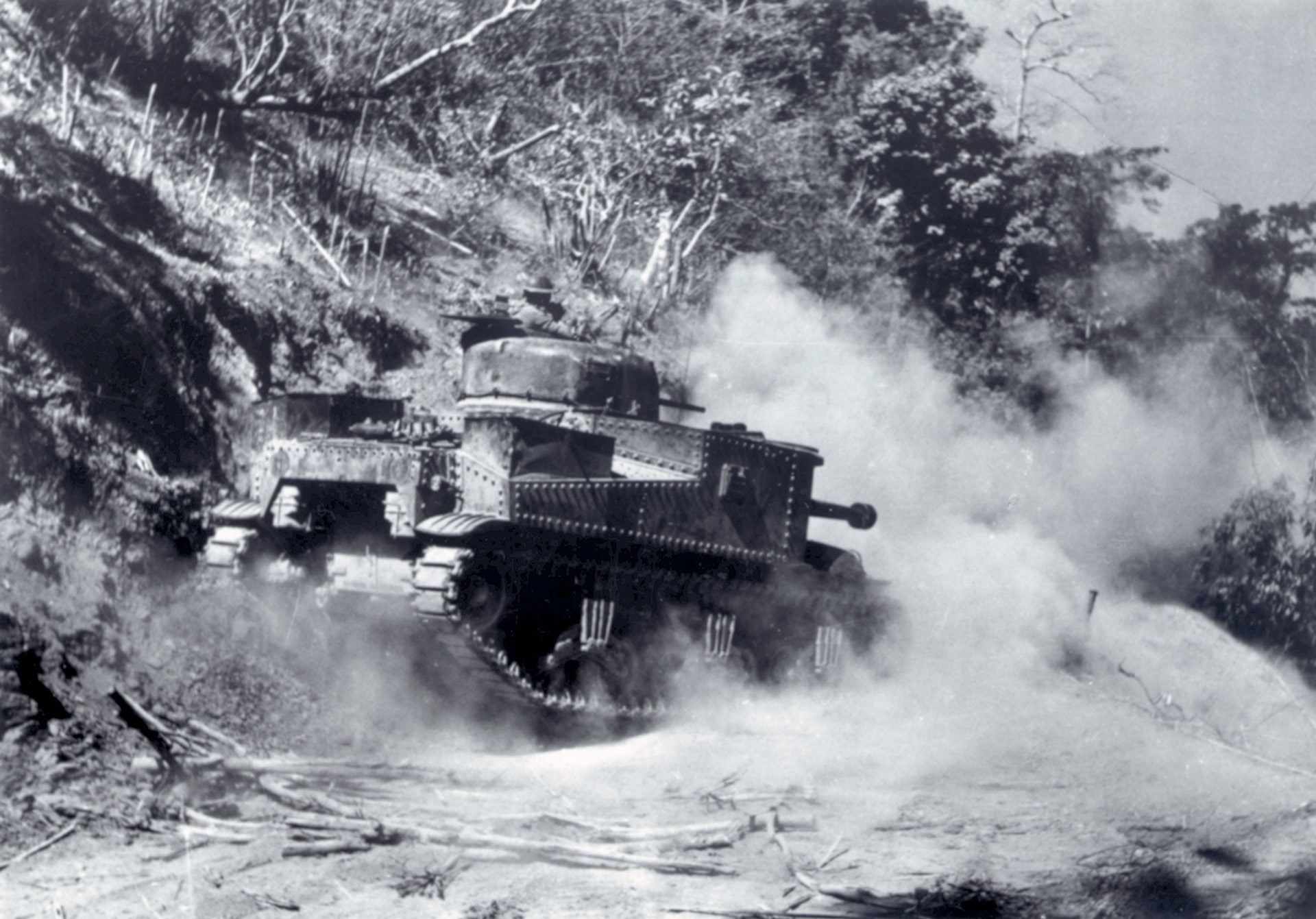
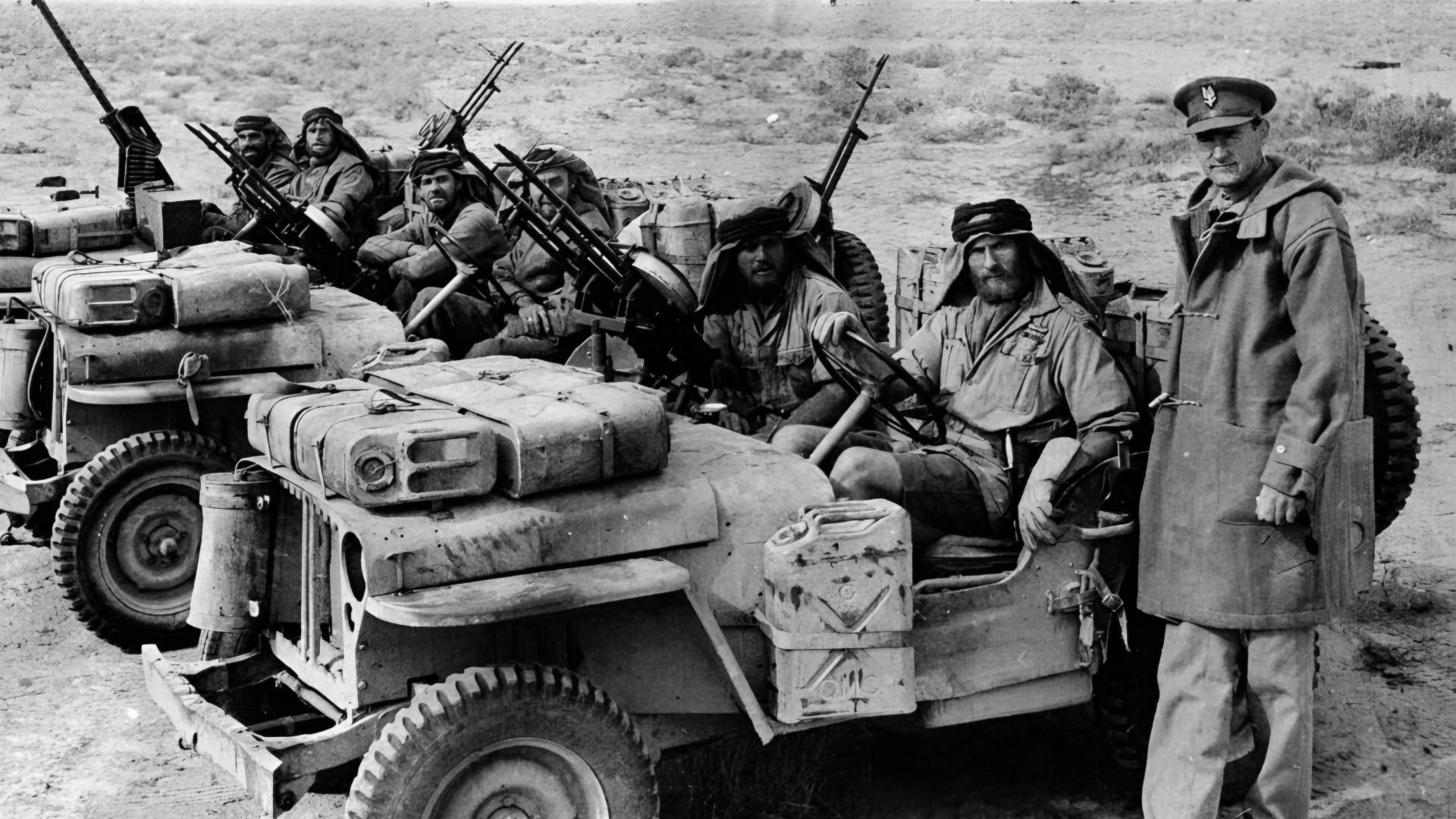
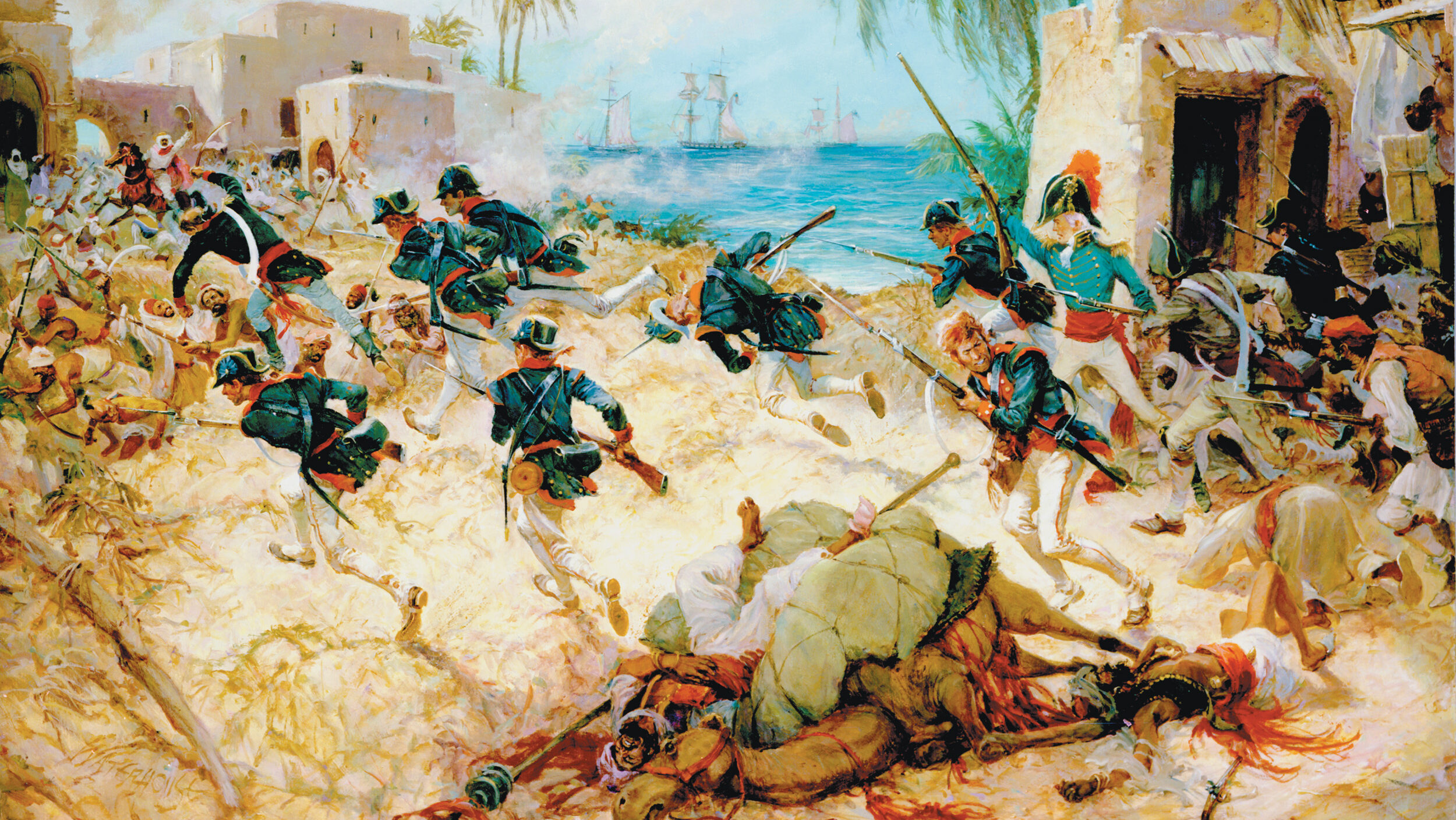
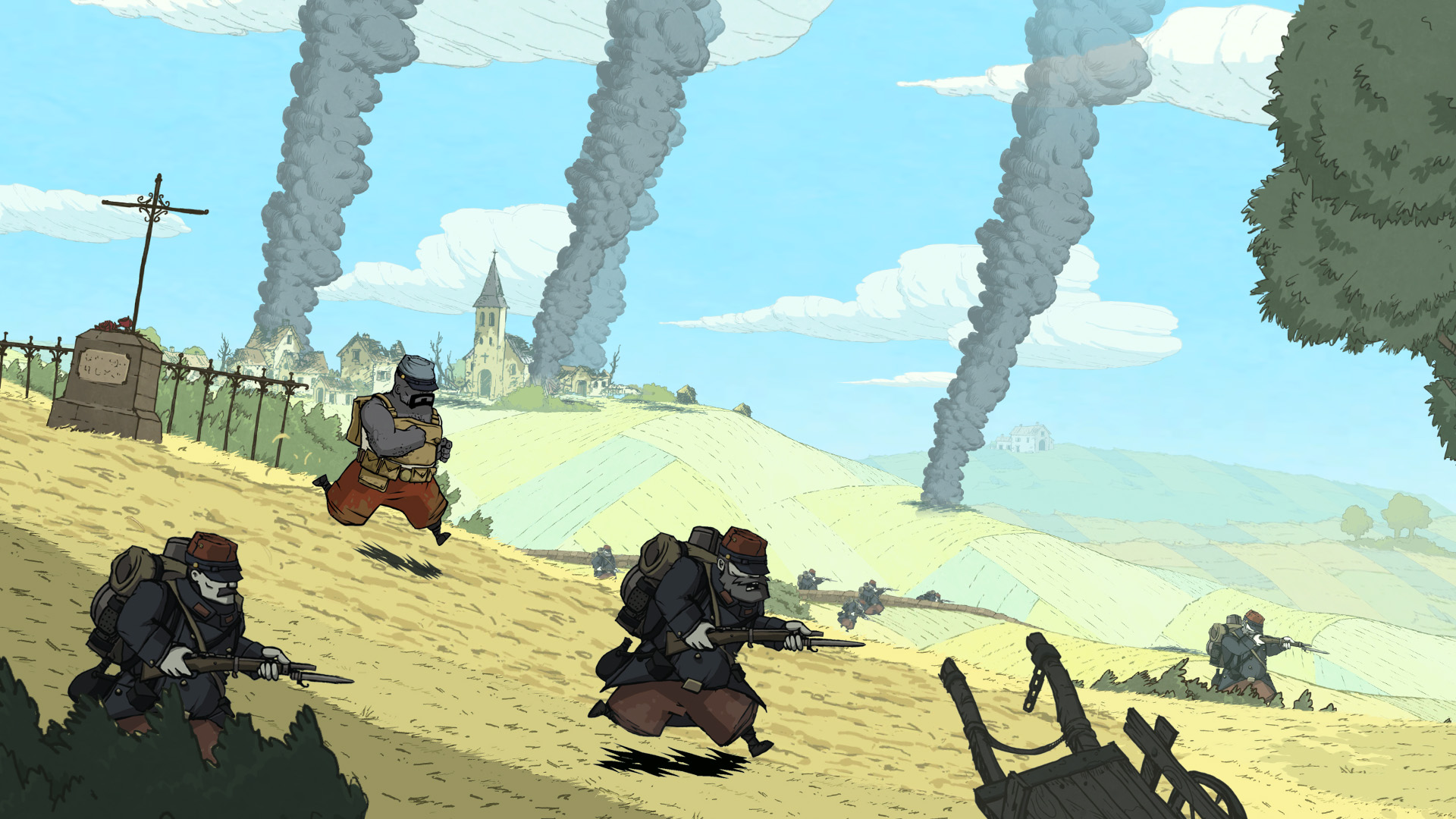
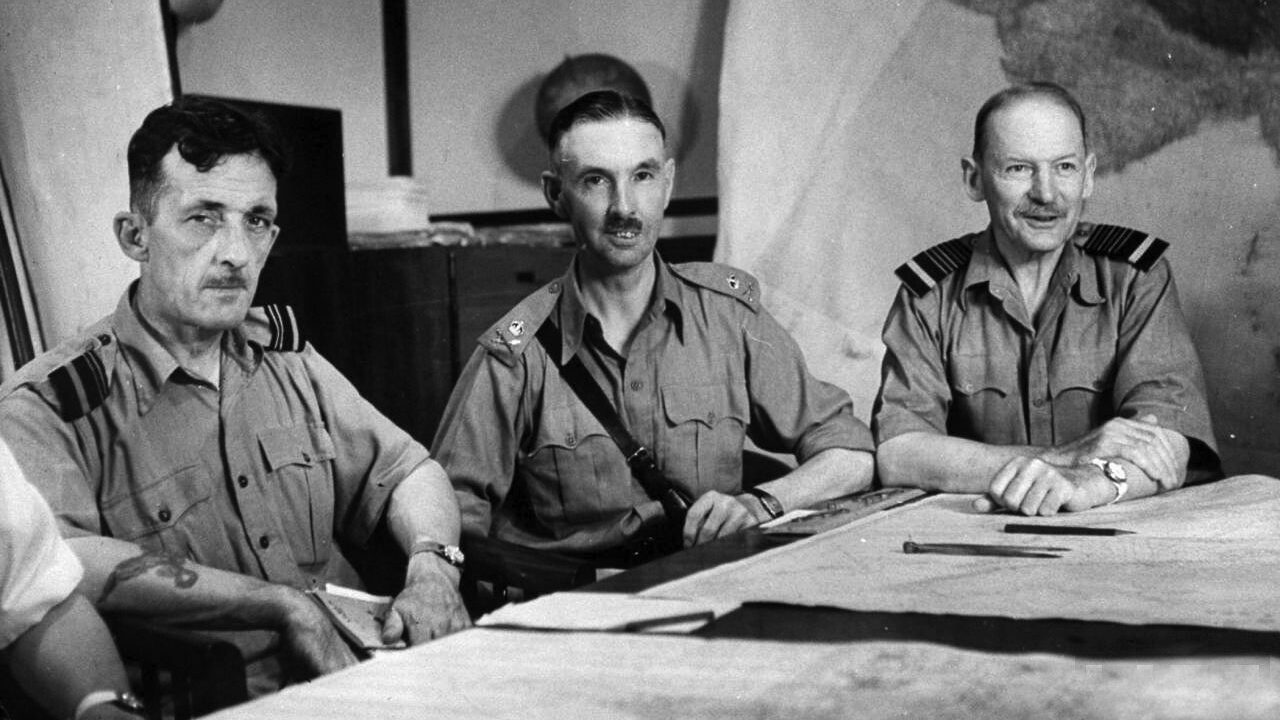
Join The Conversation
Comments
View All Comments